How to Grow Ranunculus (5 Growing Tips)
When I first saw the gorgeous blooms on ranunculus flowers, I didn’t think growing them here in the low desert of Arizona was possible. I’m glad I was wrong. Learning how to grow ranunculus is easier than you think.
The stunning rose-like blooms with tissue-thin petals almost don’t look real. Ranunculus blooms come in nearly every color on tall stems. With these five tips, learn how to grow ranunculus (even if you live in a hot summer climate like the low desert of Arizona).

Article Index
- Plant ranunculus at the right time
- Soak corms before planting
- Plant ranunculus correctly
- Care for growing ranunculus
- Enjoy ranunculus blooms
- Ranunculus Frequently Asked Questions
5 Tips for How to Grow Ranunculus
1. Plant ranunculus at the right time
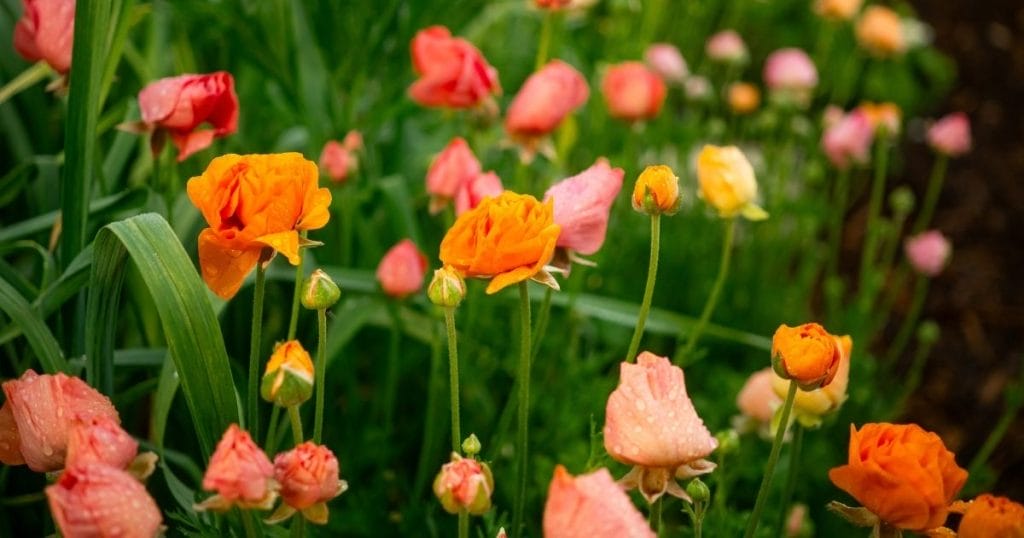
Ranunculus grows best in spring-like temperatures of about 55°F with plenty of sunlight.
In zones seven and warmer, there are two planting windows — late fall and again in late winter or early spring. For zones cooler than zone 7, plant in the spring after the danger of frost is passed.
In the low desert of Arizona, plant ranunculus corms from October to November and again from February to March (Presprout corms if planting in February – March).







The Perpetual Annual Flower Planting Calendar, available in my shop, helps you learn when to plant flowers in the low desert of Arizona and whether to plant seeds or transplants.
2. Soak corms before planting
Ranunculus are grown from claw-like ‘corms’ — a swollen underground plant stem that stores the nutrients for the plant until needed. Look for large corms, which have more stored energy and will grow larger with more blooms. I love the ranunculus corms from Easy to Grow Bulbs. If you receive the ranunculus bulbs before planting time, keep them somewhere cool and dry. I store mine in a hall closet. You can learn more about ordering bulbs for fall planting in this guide.
Soak the dry corms in tepid or room temperature water for 3 to 4 hours (not longer). Soaking the corms will often make them double in size. Don’t soak the ranunculus corms until you are ready to plant.

3. Plant ranunculus correctly
Ranunculus grows best in rich, healthy, well-draining soil with plenty of sunlight. Choose an area with full sun if possible. Add several inches of compost and a balanced organic fertilizer to the soil before planting. If planting in containers, use potting soil that is light and well-draining.
How to plant ranunculus bulbs: Plant 2-3 inches deep and about 6 inches apart. Plant the corms in the ground with the claws facing down. Fill the hole back in with soil and water well.
- If you live in a wet climate, after planting ranunculus bulbs, you may not need to water again until sprouts appear. Too much moisture in the soil may cause the corms to rot.
- In dry climates like the low desert, keep soil evenly moist but do not overwater to prevent the corms from rotting.

For square foot gardening, plant four corms per square foot.
4. Care for growing ranunculus
Overall, ranunculus plants are easy to grow and pest and disease-resistant.
Ranunculus needs plenty of sunlight to grow well. Ranunculus grows best in moist soil but does not like overwatering. If soil is not well-draining, ranunculus corms often rot.

SPECIAL NOTE: All parts of ranunculus are poisonous when ingested. The plant sap may cause skin irritation. Poison is not residual in the soil; only the plant is poisonous.
5. Enjoy ranunculus blooms

Corms planted in the fall typically bloom for about six weeks. Spring-planted corms bloom for about four weeks, depending on the weather. Once temperatures heat up, the blooms will stop.
In the low desert of Arizona, you can expect blooms to begin in February for fall-planted corms and continue through May for spring-planted corms.
For the longest vase life (10-12 days!) harvest when buds are colored and “squishy like a marshmallow” but not yet open. If they are harvested after opening, the blooms last about a week. Use a floral preservative to encourage a long vase life.

Deadheading plants encourage more blooms.
- When blooms finish, and the leaves begin to yellow and die back, cut the foliage off and stop watering. Allow the corms to dry out and go dormant.
- If desired, dig up dormant corms and store them in a cool, dry place until it is time to plant next season.
- When growing ranunculus for cut flowers, it is best to treat it as an annual and plant new corms each year.


Learn more about growing flowers in this blog post about making flower arrangements from the garden.
Ranunculus Frequently Asked Questions
Can I plant ranunculus corms in the spring?
Yes, you can plant ranunculus corms in the spring if you live in a cooler climate. However, in warmer regions, it’s best to plant them in the fall to take advantage of cooler winter temperatures for optimal growth.
How often should I fertilize ranunculus plants?
If desired, fertilize ranunculus plants every 2-3 weeks during the growing season with a water-soluble flower fertilizer. This can encourage prolific blooming.
What should I do if my ranunculus plants are not blooming?
If your ranunculus plants are not blooming, ensure they get enough sunlight (at least 6 hours per day) and check that the soil is well-drained and not overly wet. Over-fertilizing with nitrogen can also result in lush foliage but few flowers. Adjust care if needed.
Are ranunculus plants invasive?
No, ranunculus plants are not considered invasive. They grow in clumps and can be easily managed in the garden. They do not typically reseed themselves prolifically.
How long do ranunculus flowers last in a vase?
Ranunculus flowers have an excellent vase life, typically lasting 7-10 and up to 12 days if harvested at the right stage (when buds are fully colored and just before opening) and placed in fresh water with proper care.
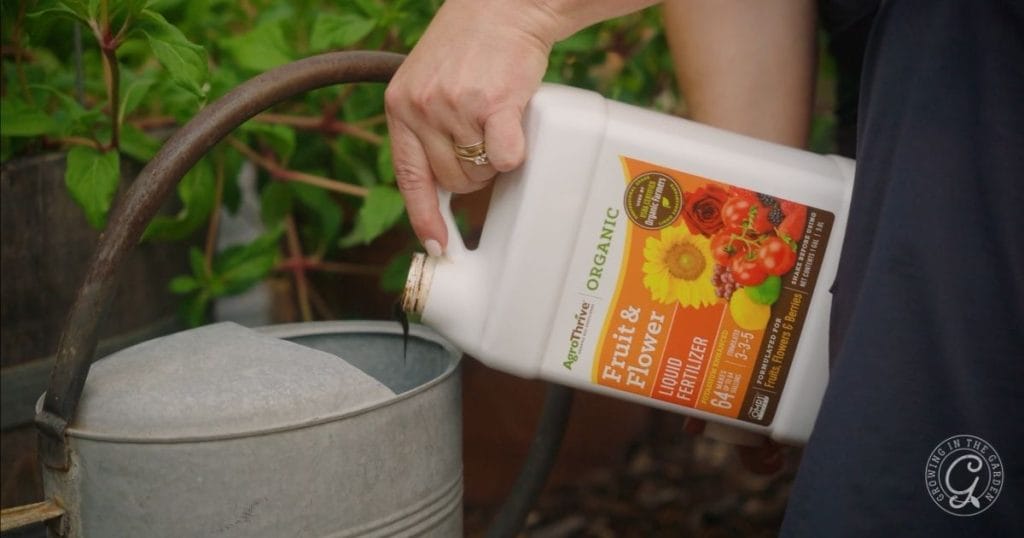
Get planting dates for your favorite crops with these visual planting guides for vegetables, herbs, fruits, flowers & vines.

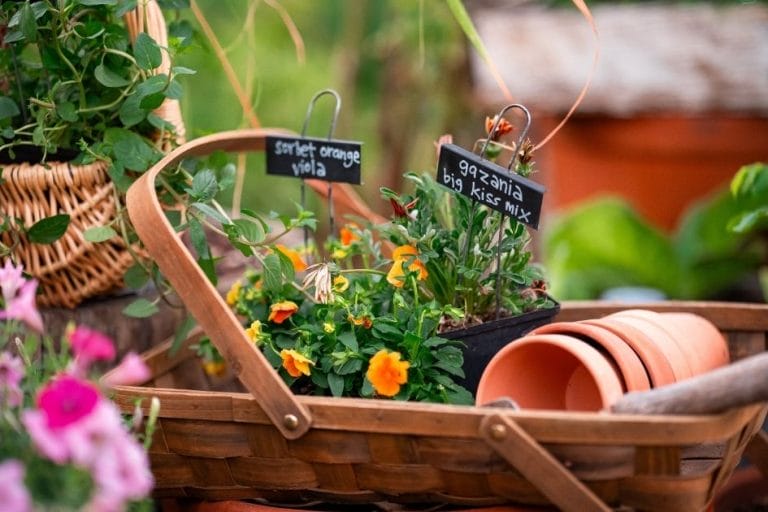




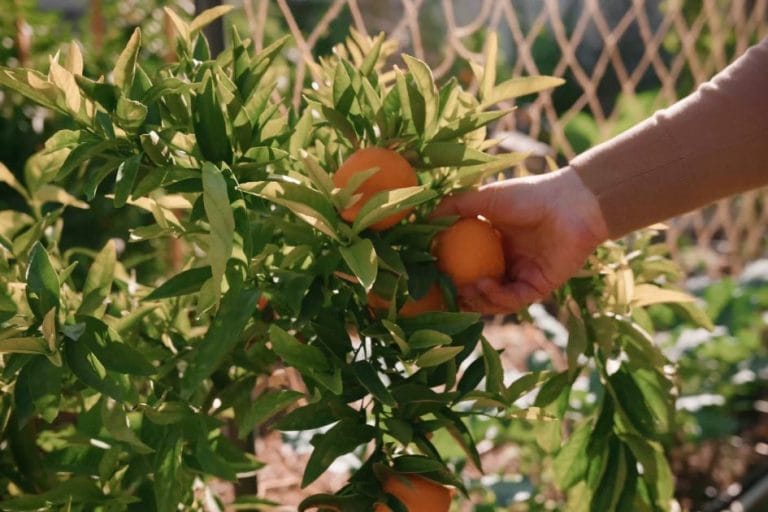

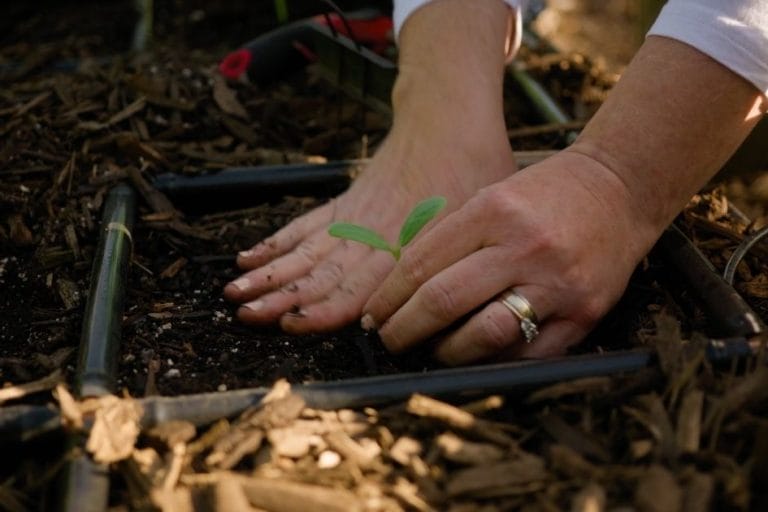
Just love the look of the flowers! Thank you so much for explaining how to grow them. I am really enjoying my calendar that I recently bought from you! Just moved to Phoenix and wanted to know if there was a nursery to buy these little bulbs or where do you get yours from.
Thanking you for all you wonderful teaching!
Hi, Welcome to Arizona! I purchased my corms in the fall from Easy to Grow Bulbs online. I’ve purchased transplants in the spring from Arcadia Color Garden, there may be other nurseries that have them as well.
Thank you!
Hello, it appears Arcadia Color Garden went out of business like the day after you posted your message above! Do you know of another ranunculus plant supplier?
So sad that they are gone. I saw some potted up at Home Depot. You could also try Summerwinds nursery or A&P Nursery.
I planned some ranunculus on a pot, after I’m done can I use the same pot and soil to plant some veggies I was reading in Google that ranunculus are actually poisonous?
You’re right, all parts of the plant are poisonous. The poison is not residual in the soil and it is safe to plant something else in the pot or edible plants near ranunculus.
It looks like a lot of places don’t ship the corms till after our planting time is over for spring. Can I order online now and save them for the fall?
That’s not a bad idea. It’s tough to get them at the right time to plant.
Question about letting ranunculus go dormant. If I’m using the garden grid system and cant turn water off to the section would I just cut foliage when time then dig up corms with some soil and place somewhere to dry out? I’m probably overthinking it. Thanks!
That’s what I did.
how do you store your corms before planting. I ordered some and they are sending them sooner than I expected and it is too hot to plant them. While I wait for the temperatures to dip what do you recommend?Thanks
The ones I pulled up earlier this year and the ones I purchased this summer are in paper sacks in a hall closet. I may even put them in the fridge for a few weeks before I plant to vernalize them a bit.
@Angela Judd, Do they require vernalization? I already devoted all the extra fridge space I have to tulips. How long do you vernalize them? Thank you!
No. I don’t vernalize my corms.
do you soak them before or after refrigerating?
Soak them just before planting.
Hello! Is it ok not to water the corms, even if the soil dries out before they sprout? And should I put mulch on top to help retain the soil’s moisture?
It’s best not to let the soil dry out completely. Adding mulch helps keep the moisture in the soil.
Can I plant ranunculus corms in January? I live in Scottsdale and it seems like January and February have very similar weather.
Probably – January is typically our coldest month, so it may be a bit too cold for them and they may rot. But chances are it would be fine. The planting dates are guidelines, you can always use your best judgement.
What do I do if my ranunculus leaves are turning yellow ? Planted in pots in October and they grew ok. Replanted out into a sunnier area but I’m not sure if it’s too much sun, too little nitrogen or soils is bad ?
Could be too much water. Container plants also need more fertilizing, so that could also be the problem. I would let them dry out a bit between watering and fertilize at your next watering with a fish emulsion dilution. Good soil in containers is crucial – hopefully you have a nice light potting mix in the containers.
If planting in a pot (2 corms in a 12′ pot), do I need to add compost? I’m local & am planning to purchase your special potting mix from AZ Worm Farm. 🙂 Thanks again for all this excellent info.
The planting mix already has compost so you are good to go! Happy planting!
@Angela Judd, Wonderful. Thank you.
Hi, do I have to dig up the corms or will they rebloom again next year on their own. My freesia usually just rebloom without digging. Thank you for your advice
You can leave them in the ground in many areas, and they will return. Summers where I live are often too hot, and mine don’t return.
Just wanted to clarify, if I am planting my corms in fall (October) I do not soak them first? I am in Phoenix zone 9B
You can soak them, they will bloom sooner. But, you don’t have too. If you plant in the spring there is a shorter blooming window so it speeds up the process.